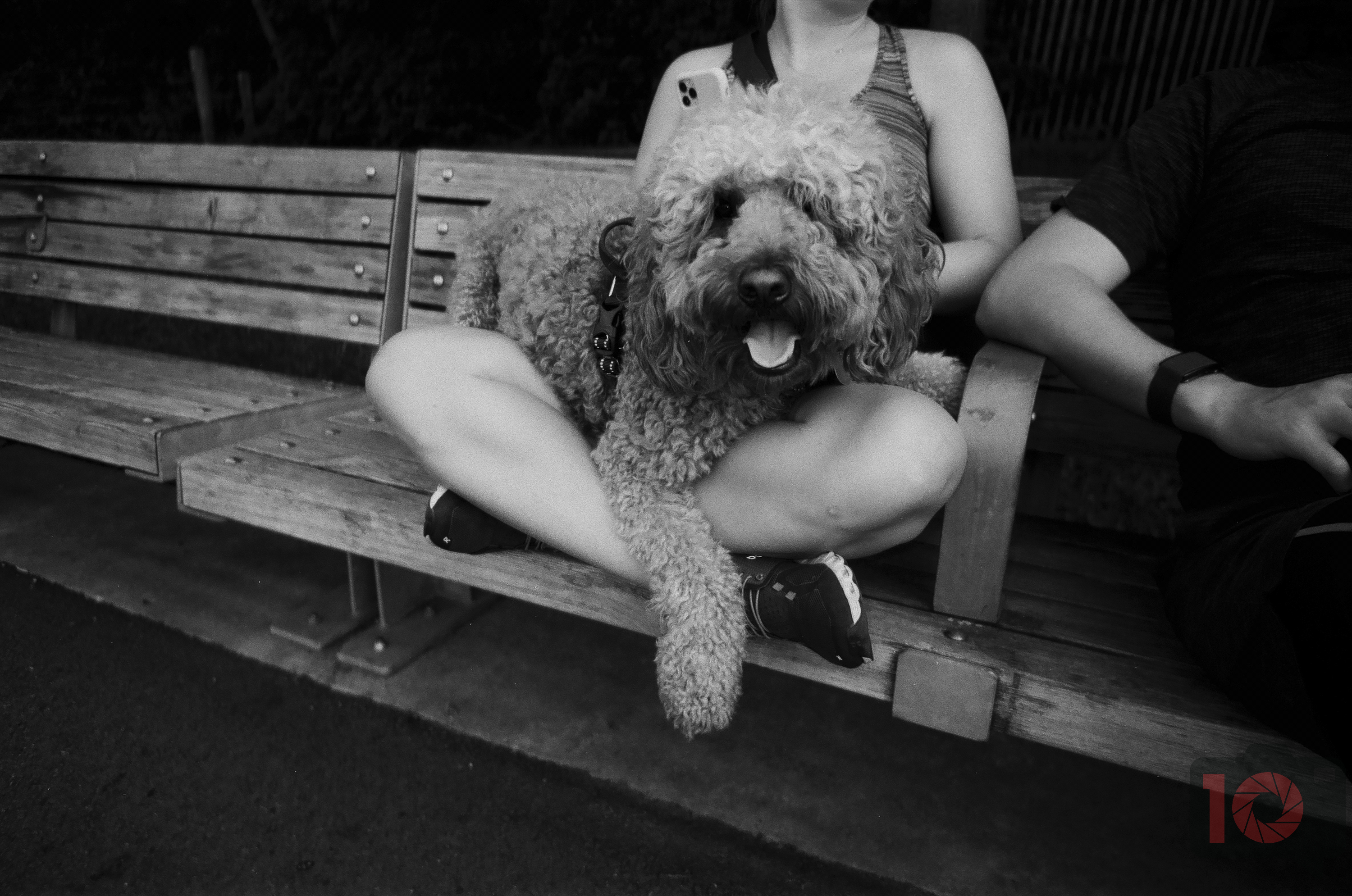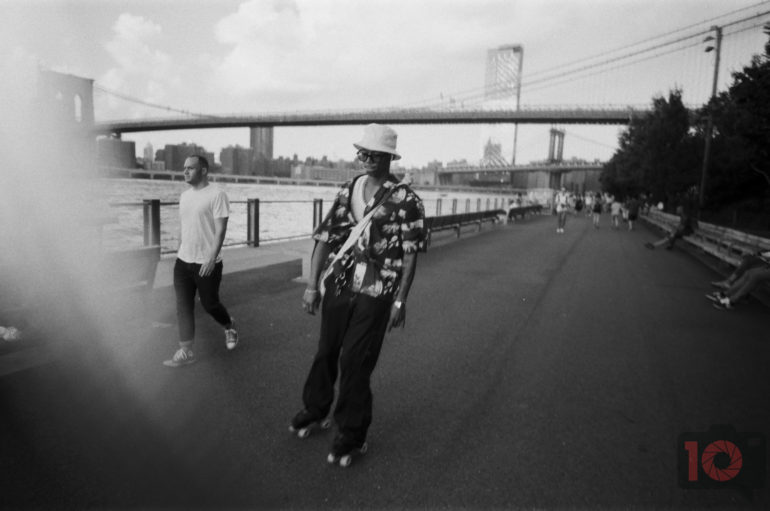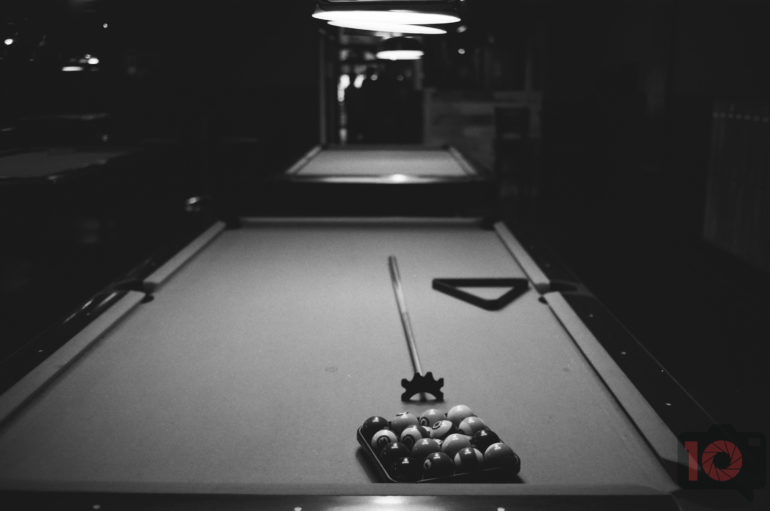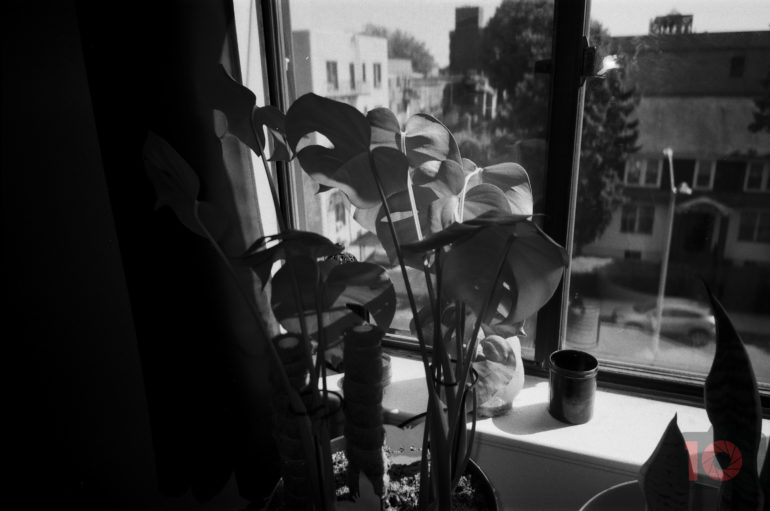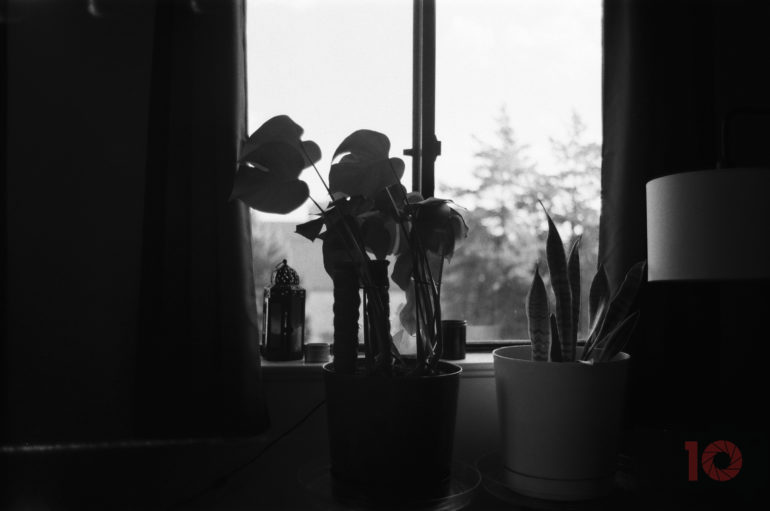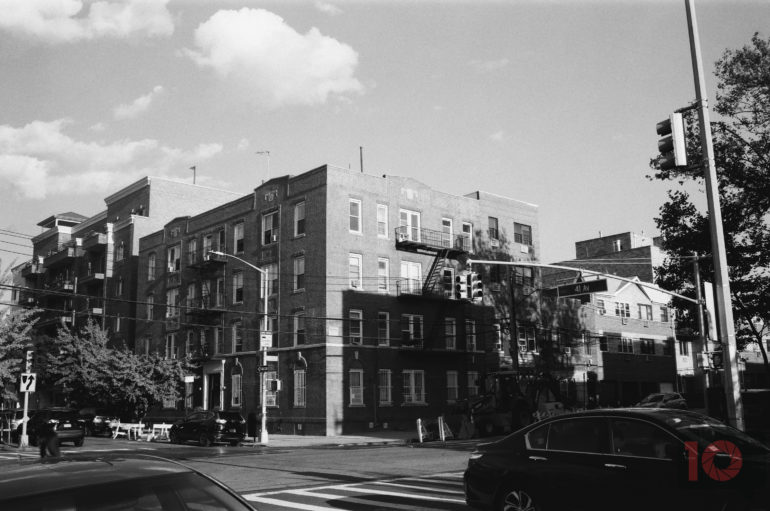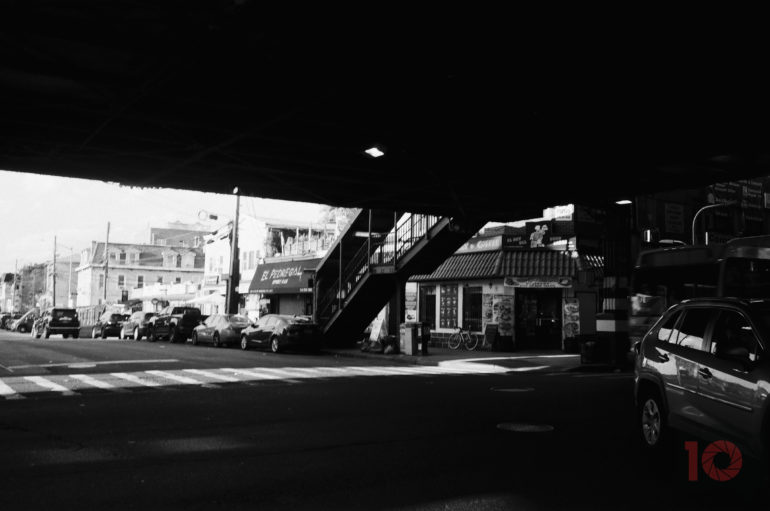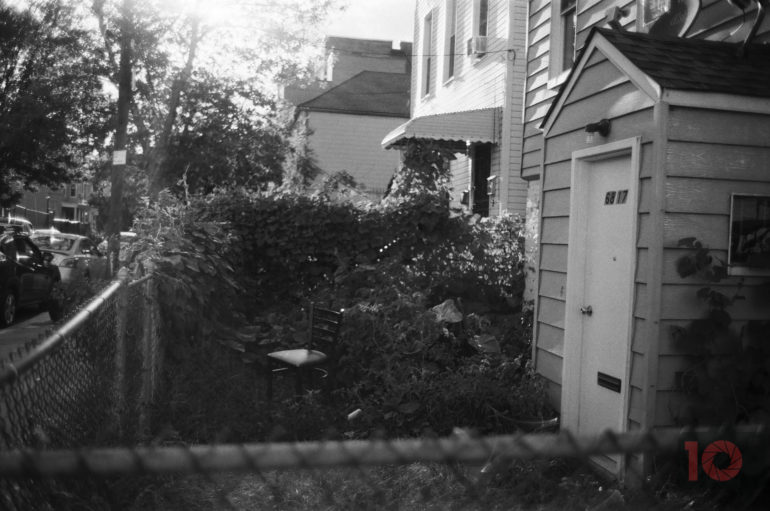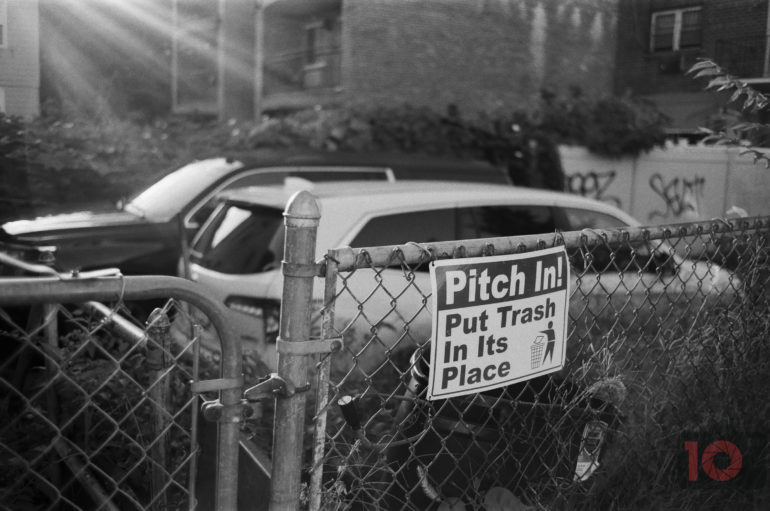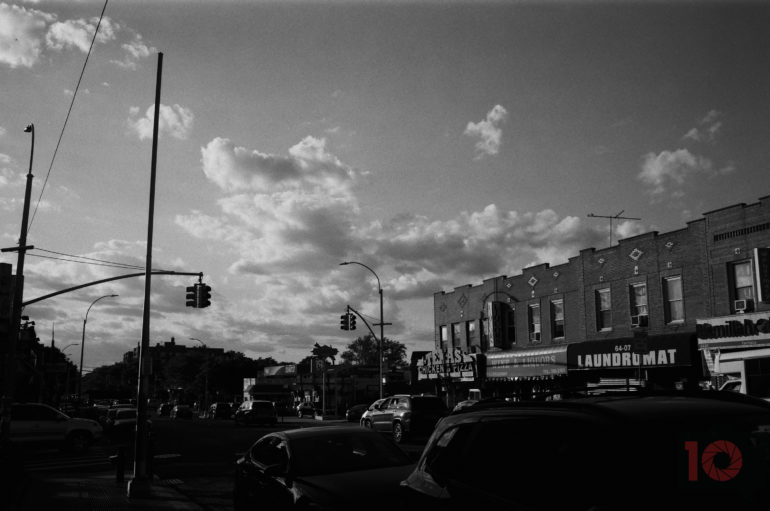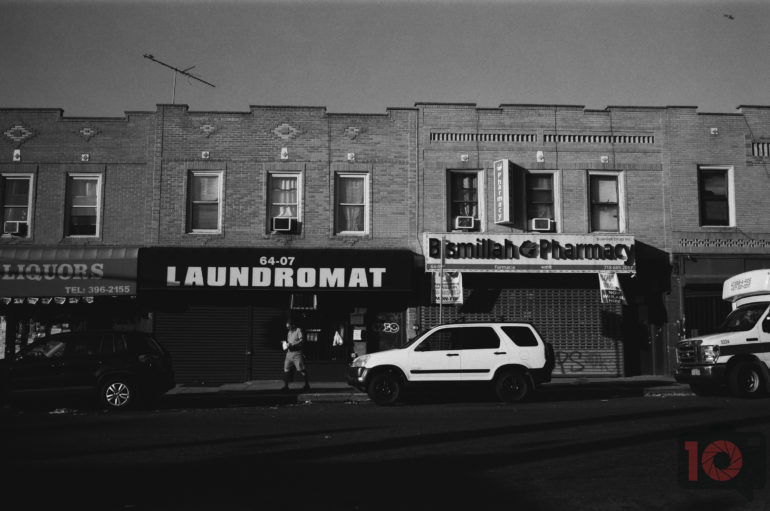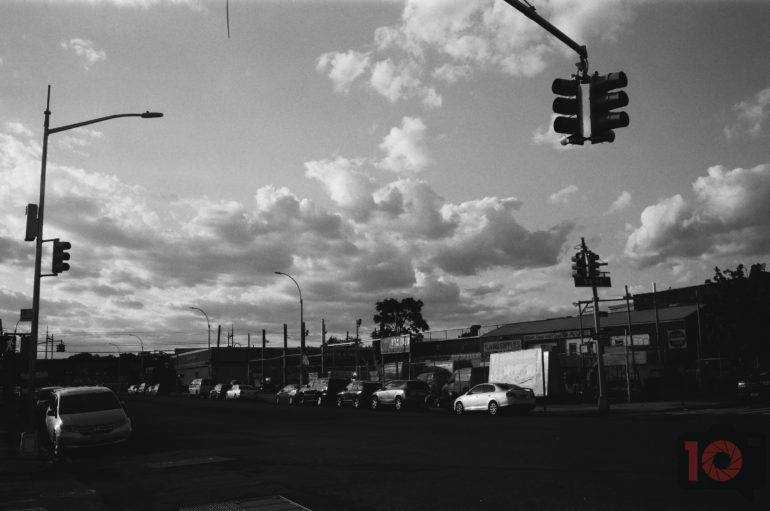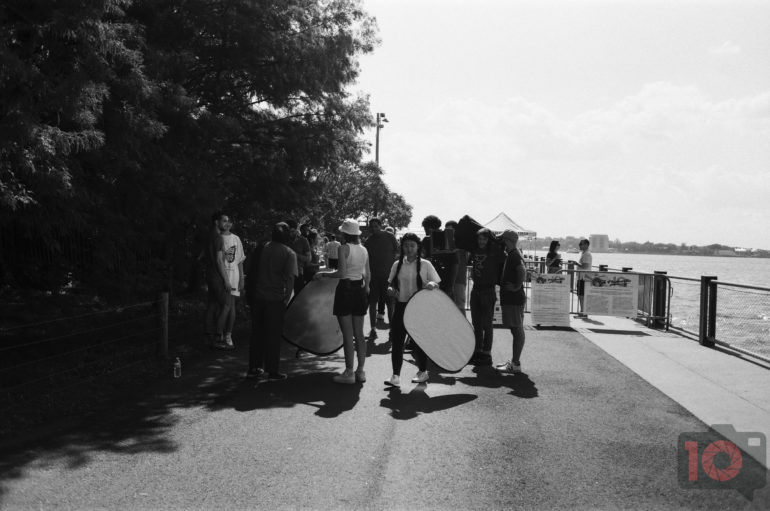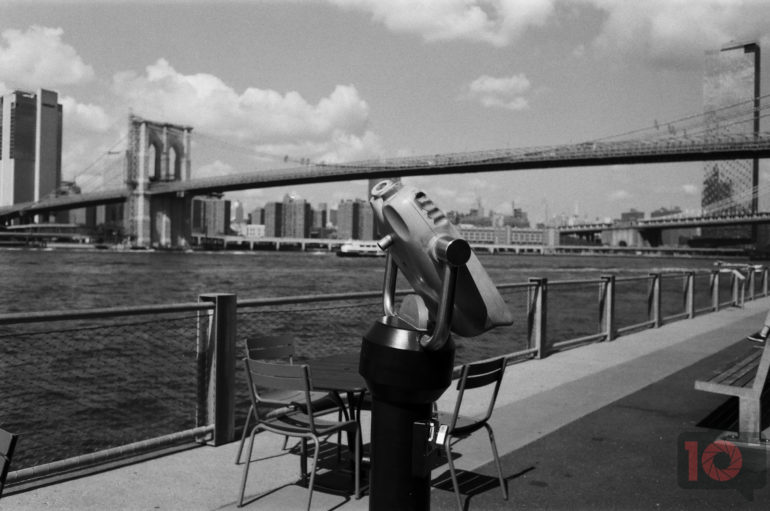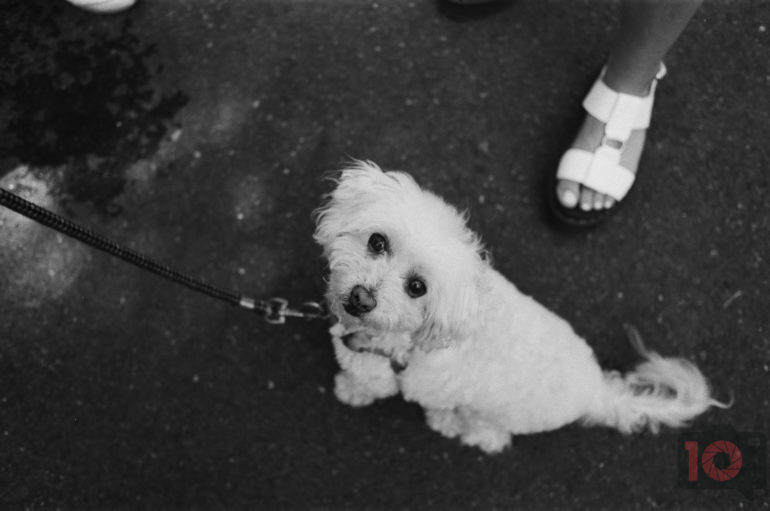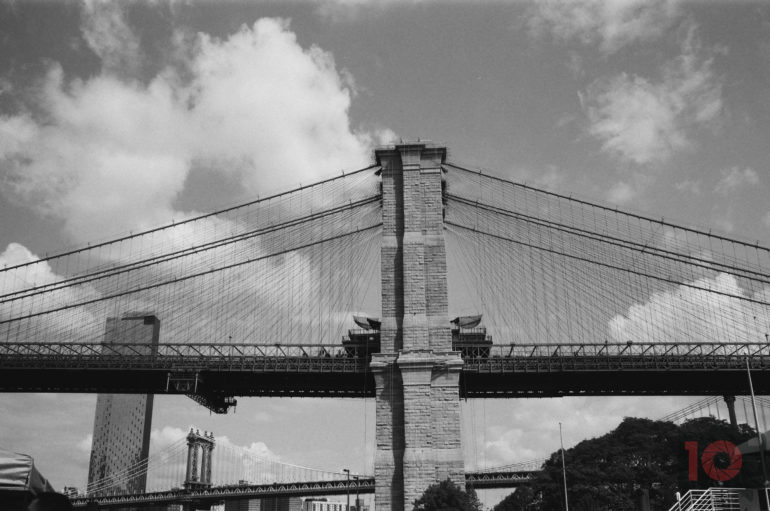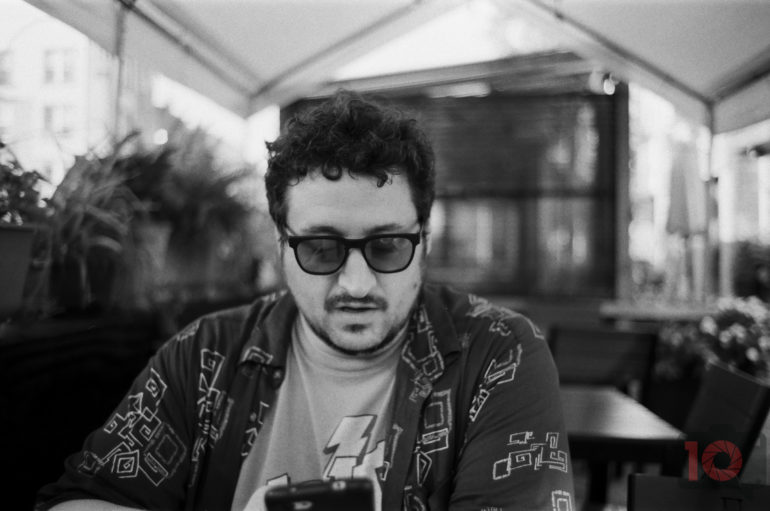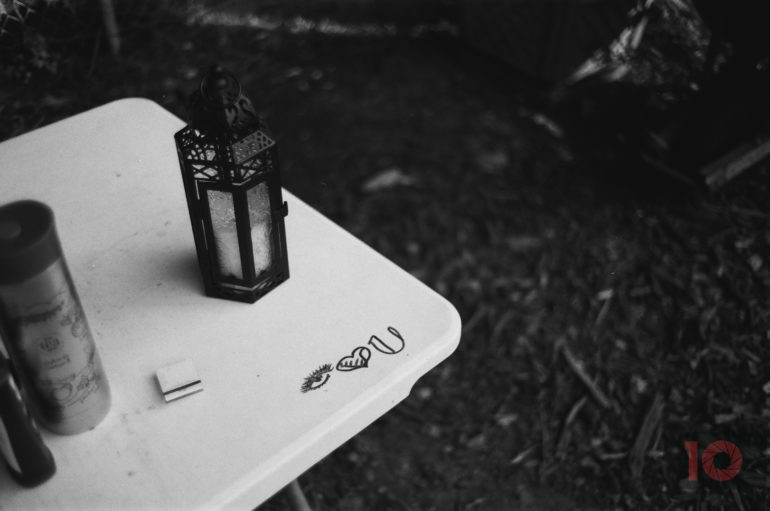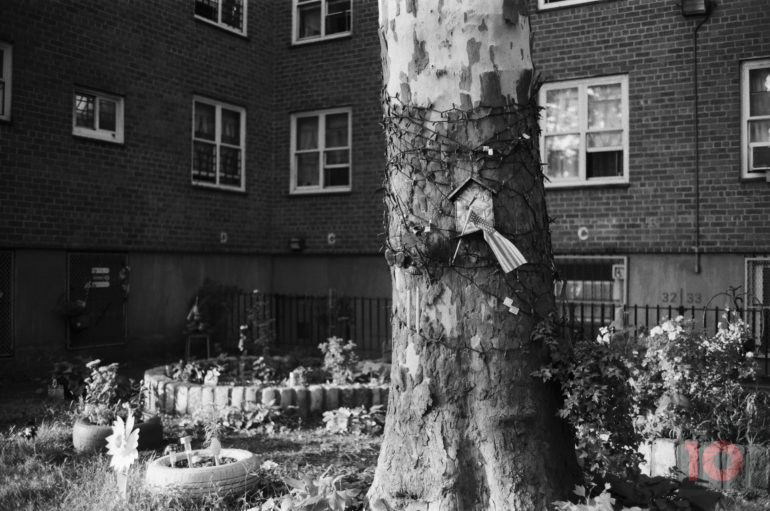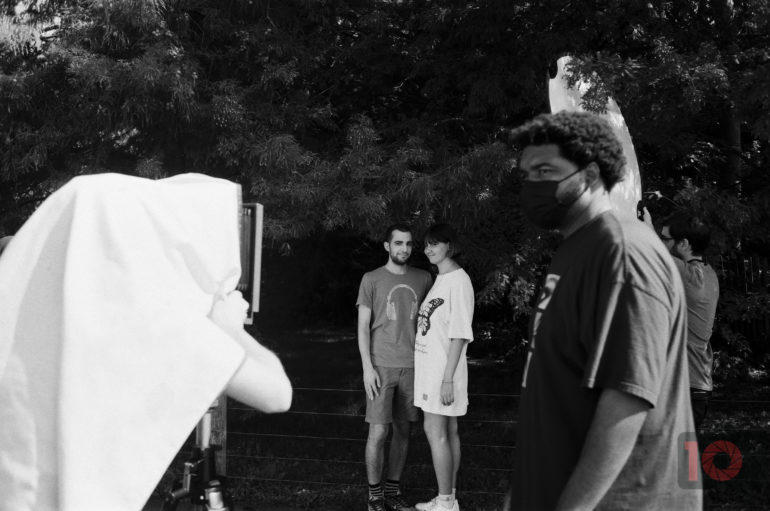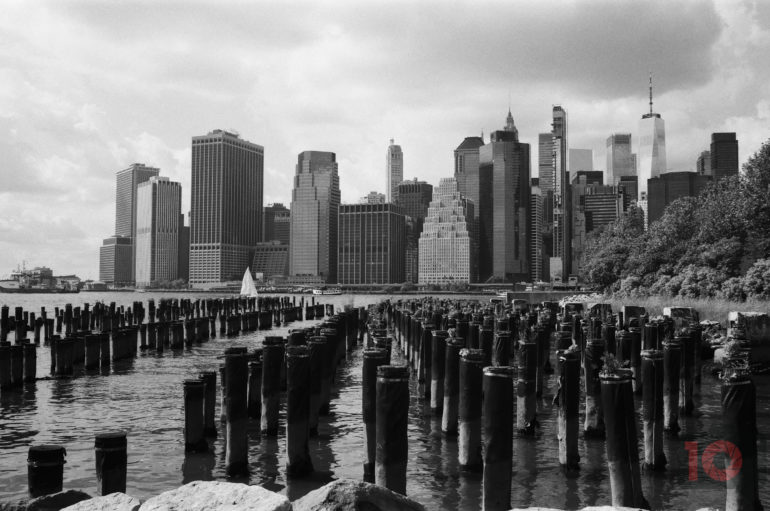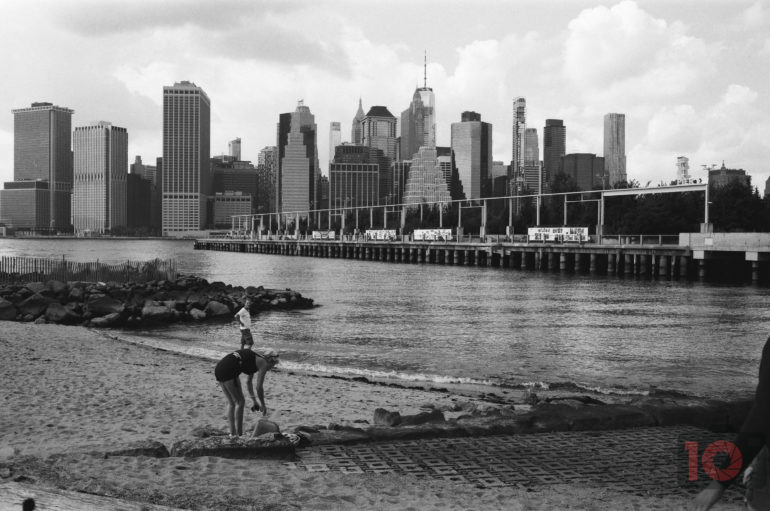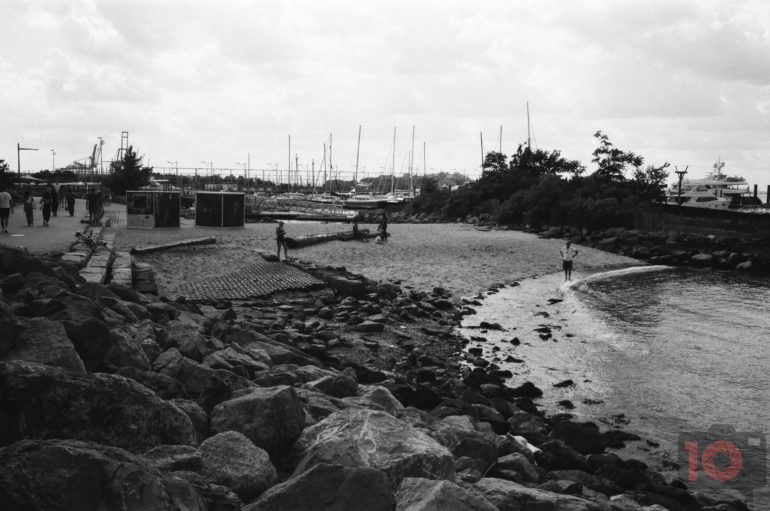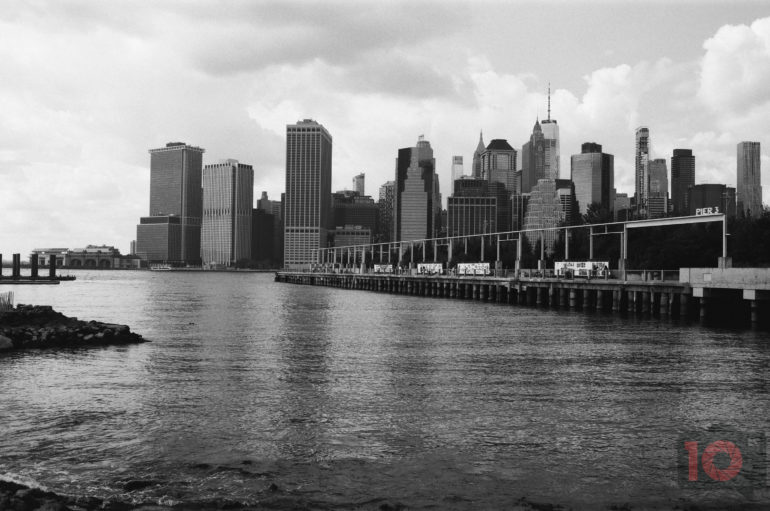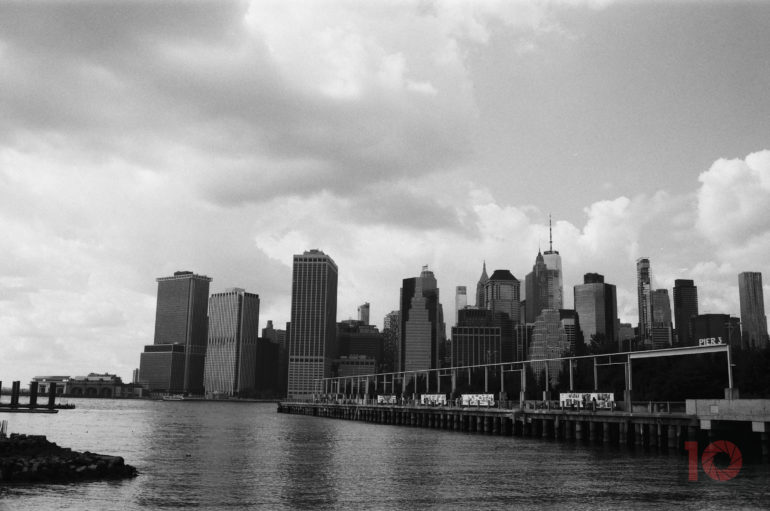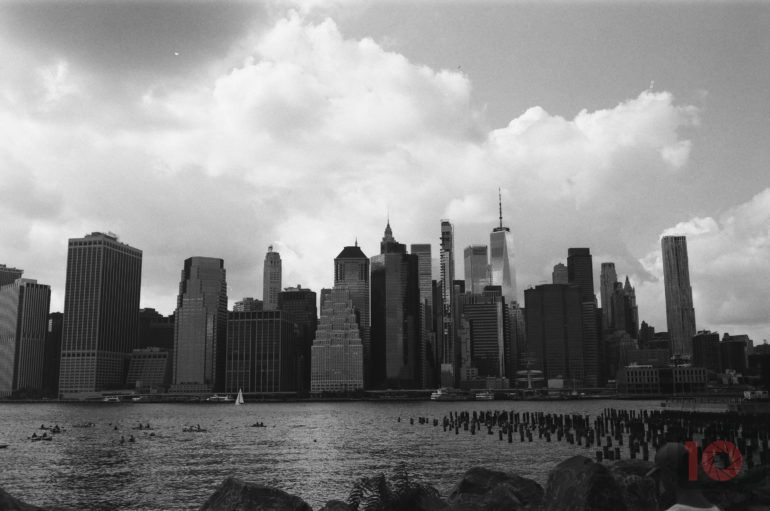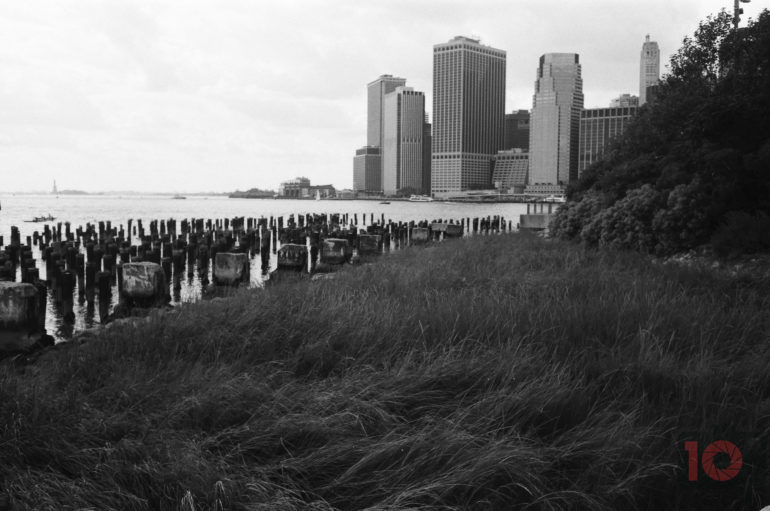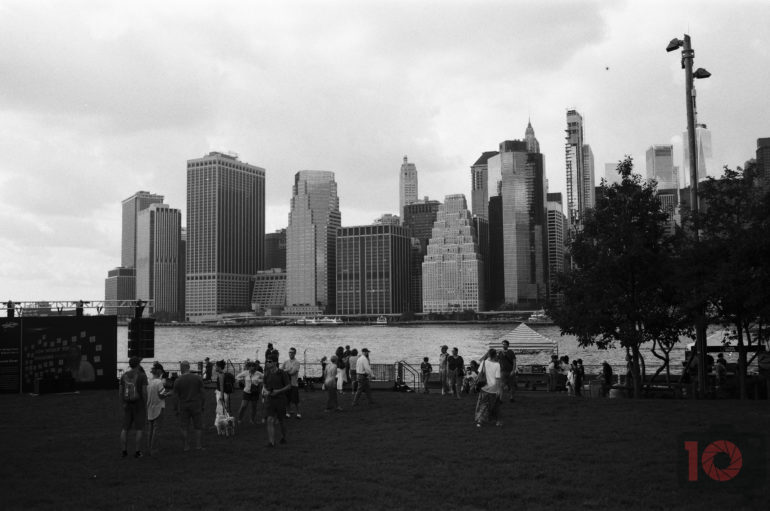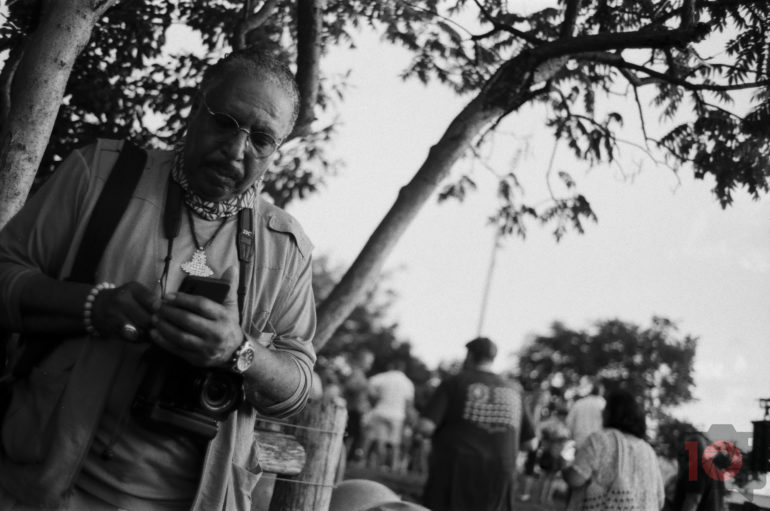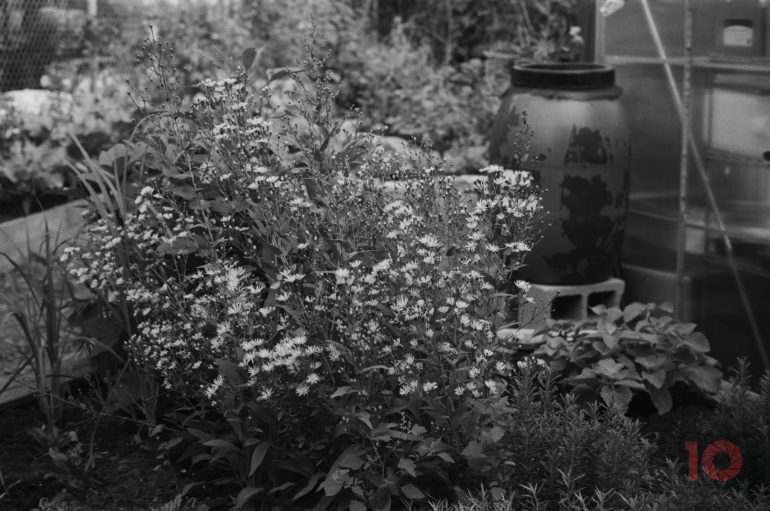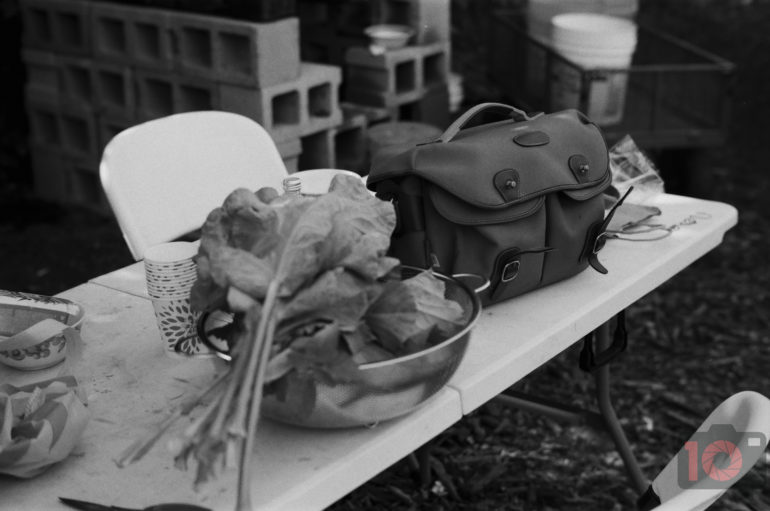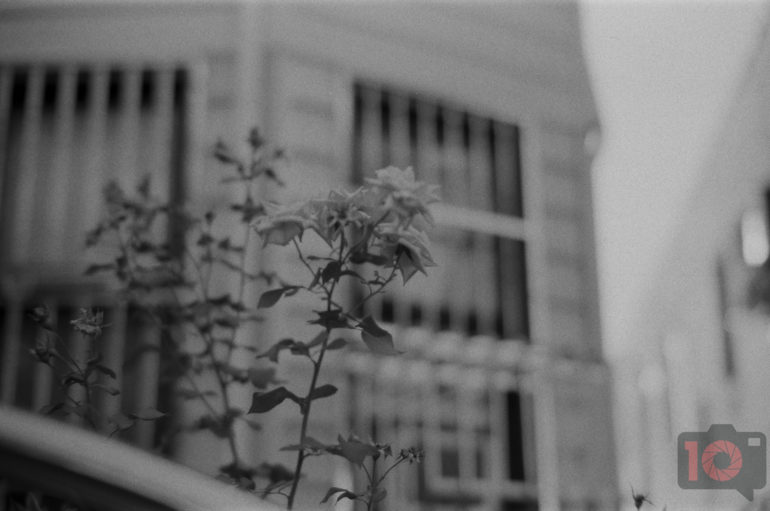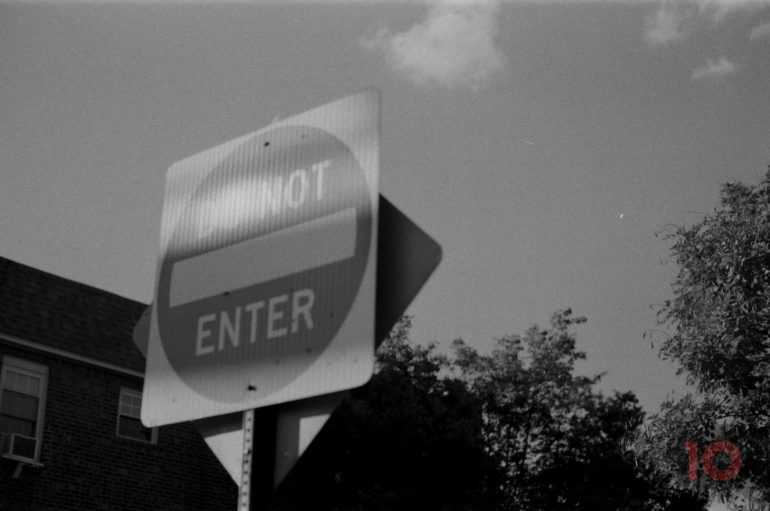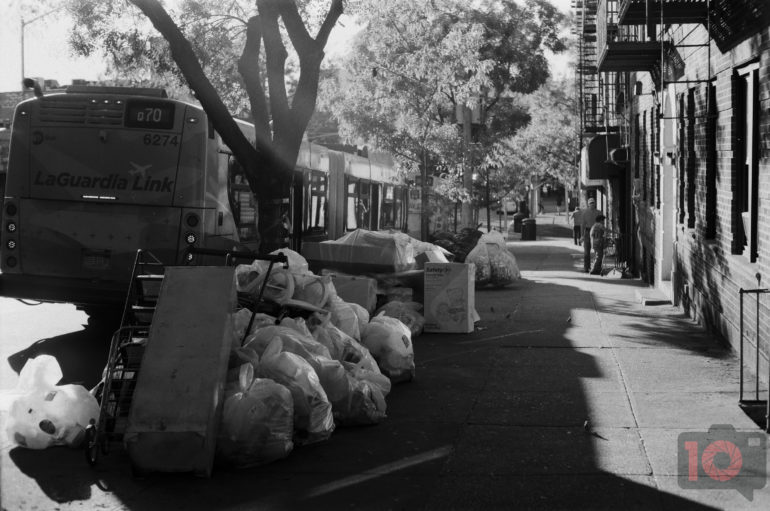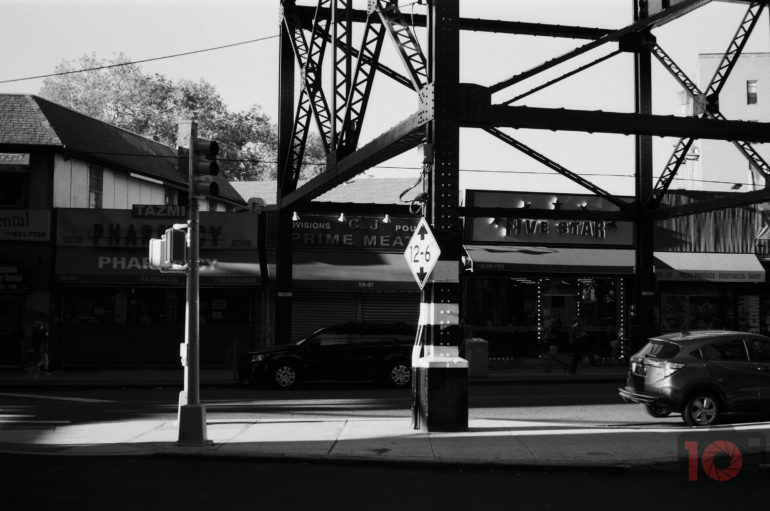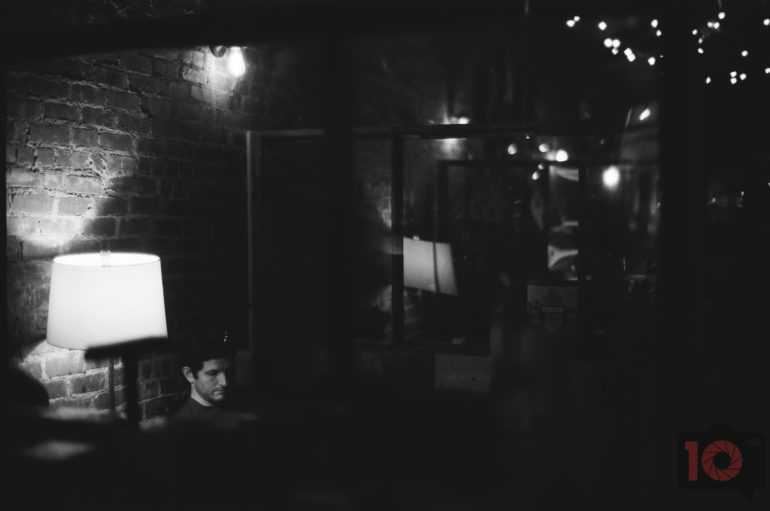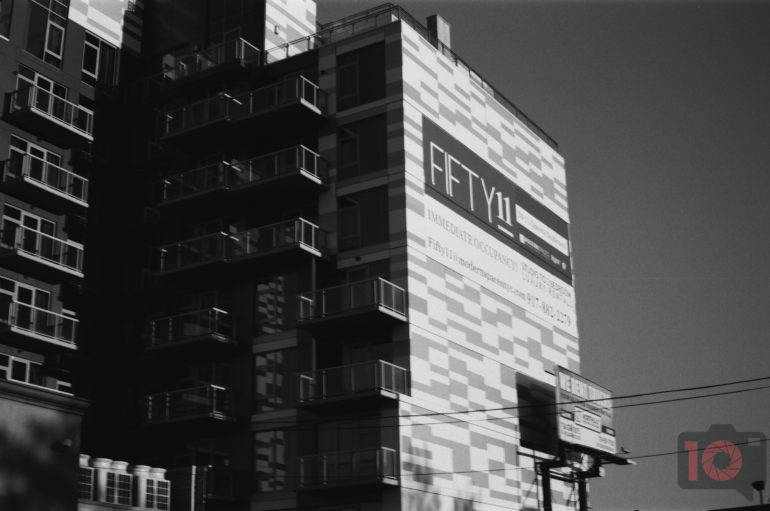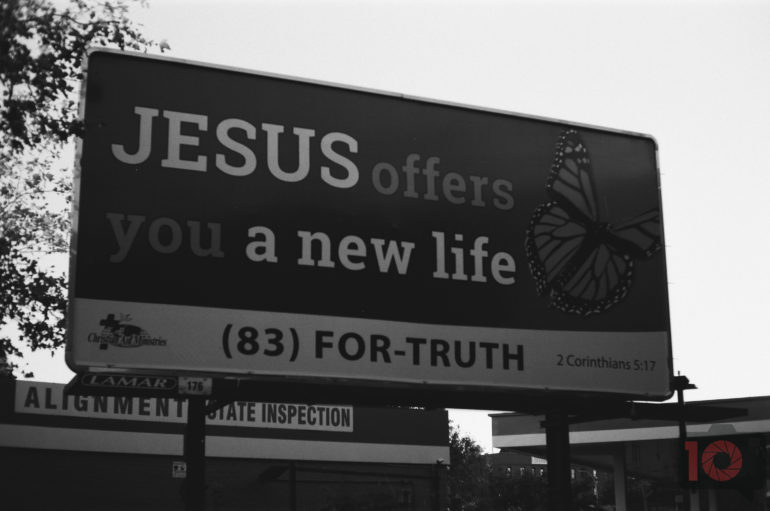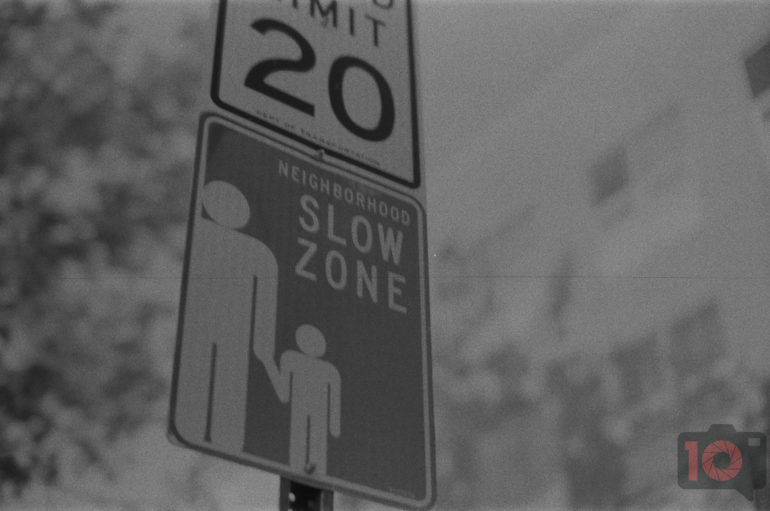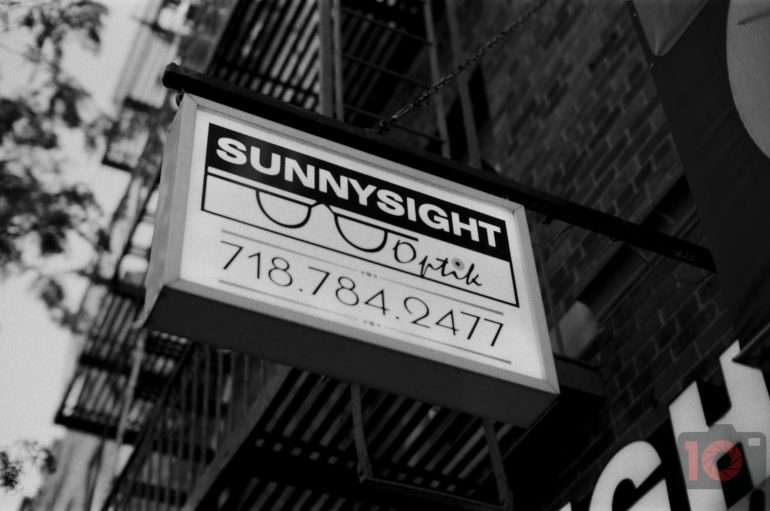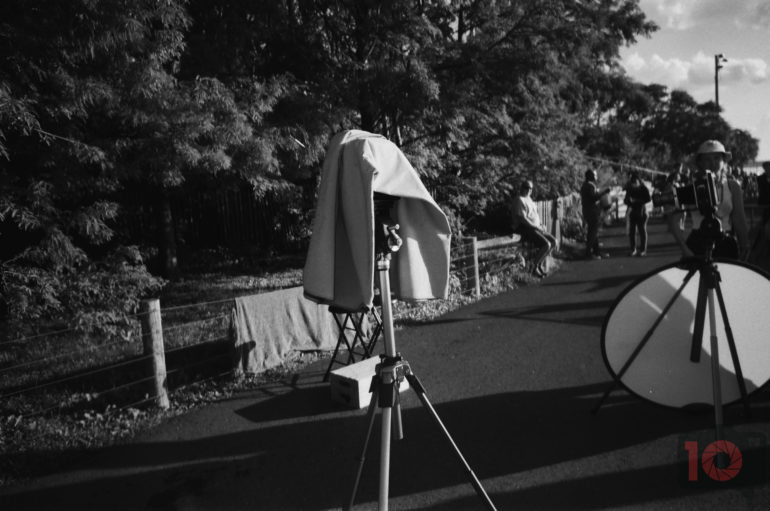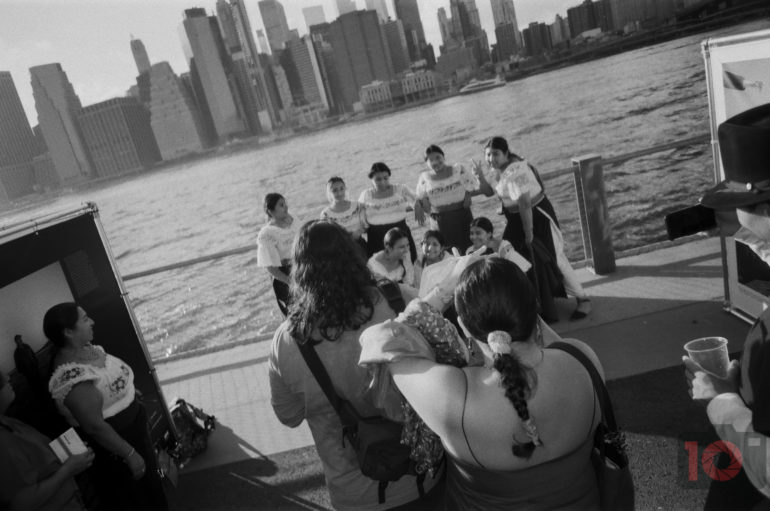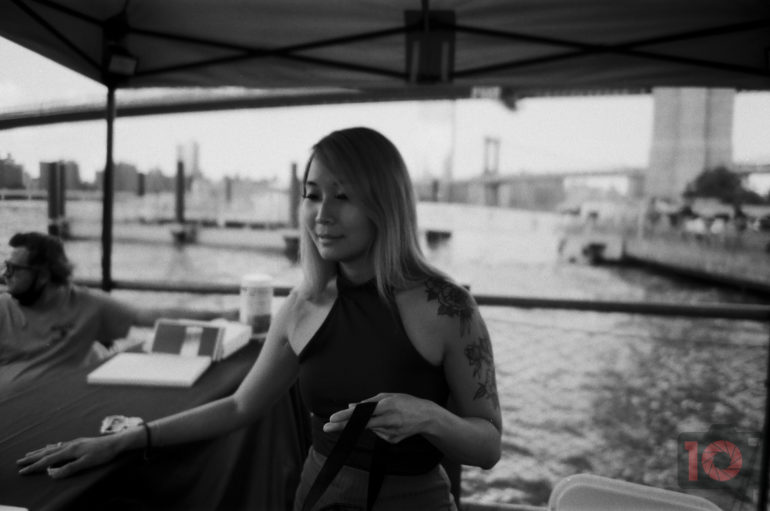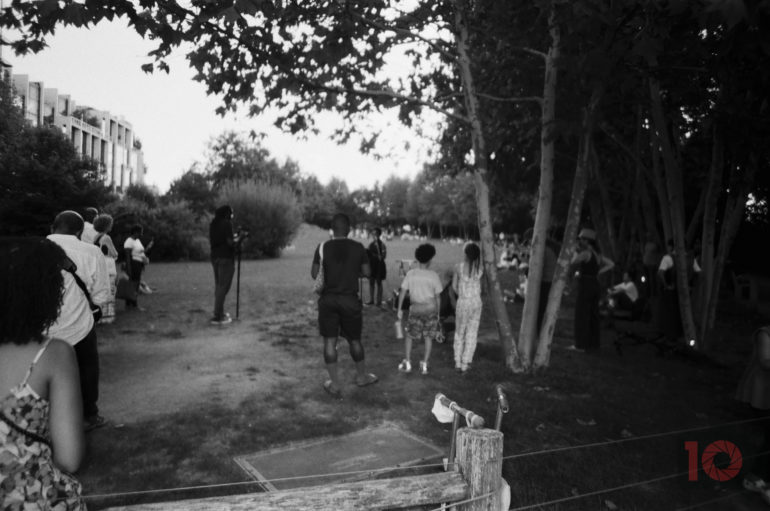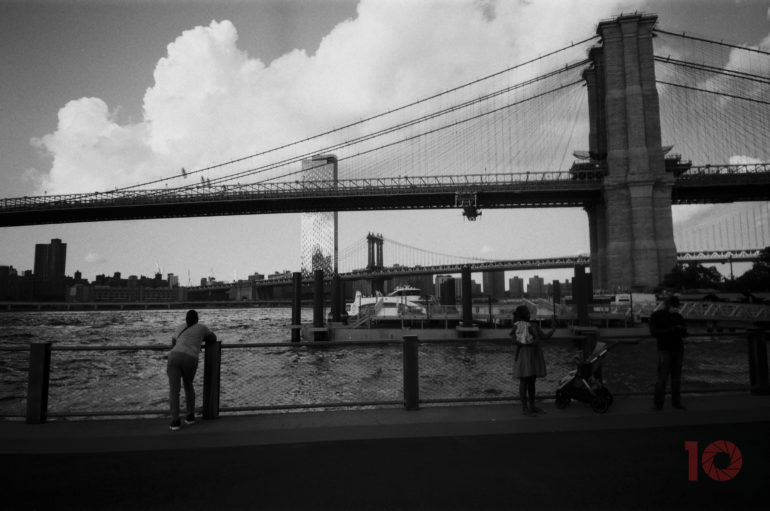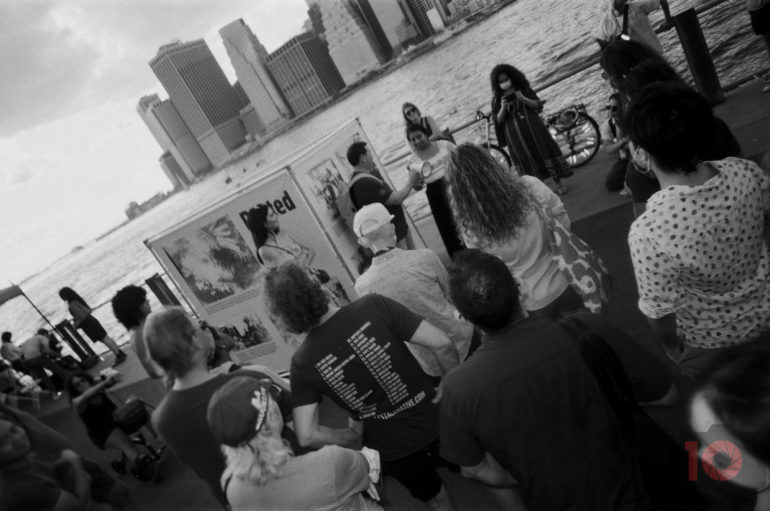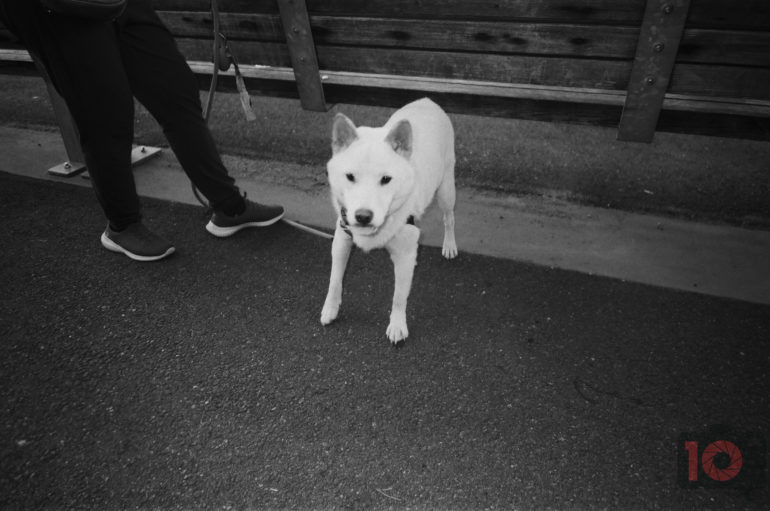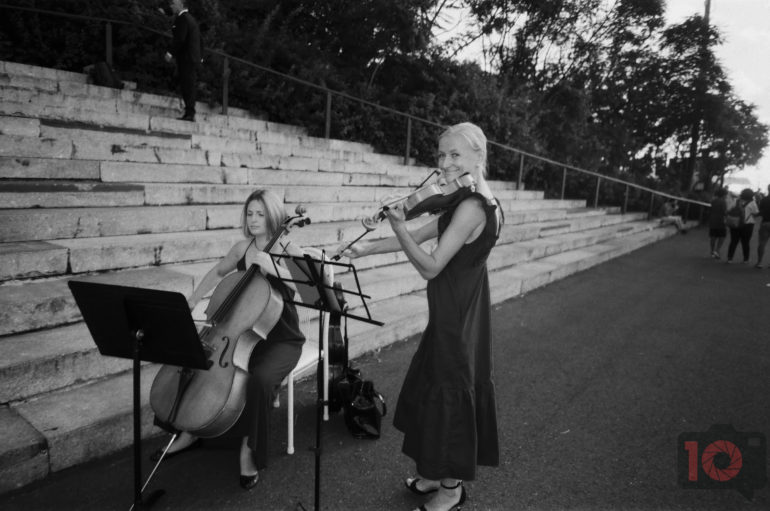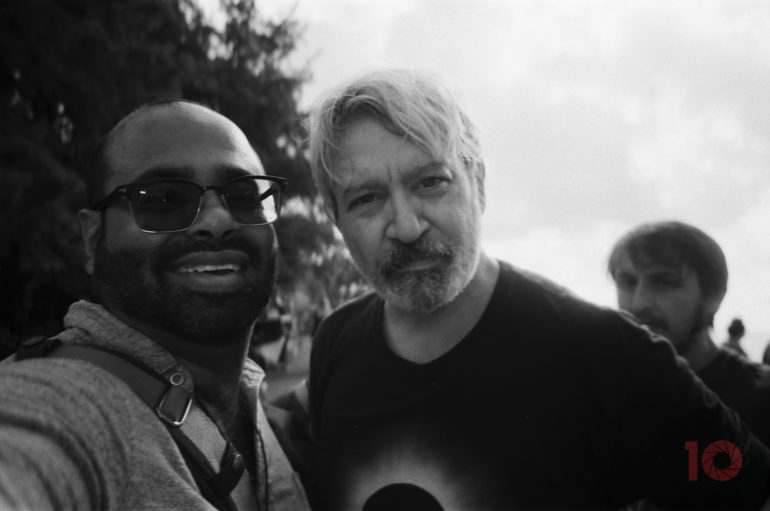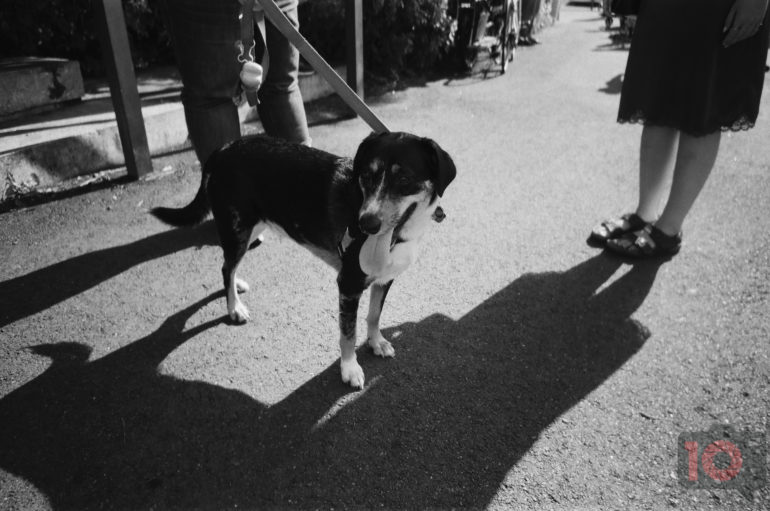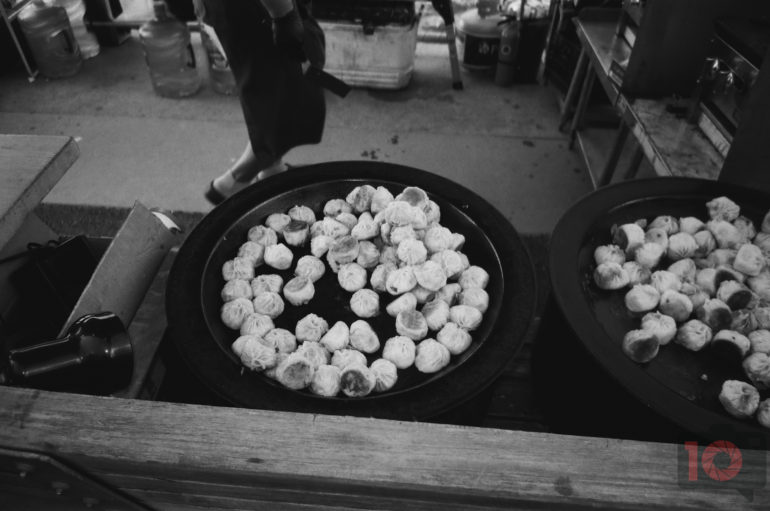I’ve shot a lot of film on behalf of The Phoblographer. And we’ve reviewed a ton of film emulsions over the years. When it comes to black and white film, I don’t think I’ve ever fallen for something this hard. KONO is a brand I’ve believed in for years. They were among the first to really try new things. Double exposed film? Dyed film? Along with Lomography, KONO has been an innovator of sorts. With KONO Monolit 100, we’re astounded at the results. And trust us, you will be too.
Too Long, Didn’t Read
KONO Monolit 100 is a beautiful film capable of being sharp and grainy at the same time. Want the “film look” with near digital sharpness? This is the film to do it. The grain is more prominent than Acros’ for sure, but it’s also not as sharp. Still, in flat lighting, KONO Monolit 100 has deep, inky blacks that you can’t not like.
Gear Used
We used KONO Monolit 100 with the:
All our film was developed and scanned at 37th Ave Photo in Jackson Heights, Queens. They’re the GOAT of the borough when it comes to developing and scanning.
Tech Specs
These specs are taken from KONO’s website.
- ISO 100
- 35mm, 36 exp., single film
- Panchromatic black & white film
- Classic b&w process
- Any b&w lab can develop KONO! b&w films
Ease of Use
We exposed KONO Monolit 100 at box speed. Sometimes we overexposed a bit, but more often than not, we exposed as per the meter. Of course, that’s with the Leicas. When using the Fujifilm Natura S, we don’t have control over the film and exposure. Indeed, KONO Monolit 100 is DX coded, so it can automatically be read by a camera. However, for what it’s worth, the camera still nailed the exposures really well.
Some folks are kind of scared of shooting films at this low of an ISO because they’re not steady with their hands. But if you’re shooting with Leica or a point and shoot, you shouldn’t worry much. It’s film, and the photos are going to look great anyway. There’s grain, sharpness, and an overall lovely look that you can’t simulate digitally all that perfectly. Basically, even if you mess up, it’s going to look good. So yes, you can absolutely shoot with it in the dark.
We didn’t do our own development. To that end, we can’t tell you what to do. But the folks over at 37th Ave Photo in Queens, NY are pretty fantastic at what they do. Otherwise, you can choose any developer you wish.
Image Quality
The image quality from KONO Monolit 100 is described as grainy, inky, sharp, detailed, subdued, and smooth. There are times when folks thought the lighting was really flat. But in truth, it was really just shadow coverage and a lot of random light coming through. Some of these photos were shot during an event for Photoville 2021. All I needed to do was just point a camera and shoot. The skies were reasonably clear during that day.
KONO Monolit 100 really likes light. But it also wants you to pay attention to what you’re exposing for. Some of these photos were shot in dark bars, and even then, we were able to get crisp images. Overall, the image quality is a combination of the camera, the lens, and the film. In the case of the Leicas, the Leica CL had a cheap, Chinese-made lens. The Leica M6 had a Zeiss lens reformatted for Leica M-mount. And the Fuji is just a studmuffin camera.
Honestly, I can’t find a single flaw with this film. 76 of 104 photos or so are keepers. Sometimes I missed the shots, while at other times the exposure was just off. But I got a ton of keepers that I’m super satisfied with.
From day one, The Phoblographer has been huge on transparency. Nothing from this review is sponsored. Further, lots of folks will post reviews and show lots of editing in the photos. The problem then becomes that anyone and everyone can do the same thing. They’re not showing what the product can do. These photos are completely unedited.
Conclusions
What is special about KONO Monolit 100? There are a few ISO 100 black and white films on the market. And we’ve reviewed a bunch of them. What this film does differently is offer smoother tonal render and grain while having the sharpness maintained. It’s an orthochromatic film. Lots of brands will remove all grain possible from ISO 100 film. But if you do that, then it just looks digital. Film shouldn’t be trying to mimic digital.

KONO Monolit 100 receives an Editor’s Choice award and five out of five stars. Want a roll? I recommend KONO’s website or Freestyle Photo.


